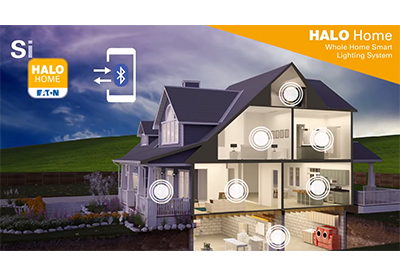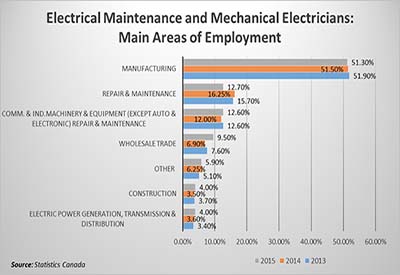Arc Flash Alphabet Soup: Understanding the Hazard Behind the Acronyms and Technical Terms (Part 1)

Jim Pollard
Part 1 – Basic Terminology
Arc flash, a type of electrical explosion, is one of the most complex workplace risks that exist. It is often described using technical terminology and acronyms. Below are the most important ones with simple explanation.
BASIC INDUSTRY TERMINOLOGY |
|
| Technical Terminology | Simple Explanation |
| CSA Z462 and NFPA 70E | Workplace electrical safety standards for Canada (CSA) and the United States (NFPA). These best practice standards are technically harmonized and follow the same revision cycle (every 3 years). |
| Arc flash PPE | Personal protective equipment (PPE) designed and tested to provide protection from the heat created by an arc flash hazard. |
| Calories per cm2 | Measurement of heat imposed on a surface area that is used to describe both the heat from an arc flash hazard (incident energy) and the protection provided by arc flash PPE (arc ratings). |
| Incident energy | Heat created by an arc flash measured as cal/cm2 (calories per square centimetre). Incident energy can be estimated using engineering calculations. |
| Arc flash risk assessment | A requirement in CSA Z462 or NFPA 70E used as a process of identifying if an arc flash hazard exists; if yes, determine safety related work practices, arc flash boundary and the arc flash PPE required. |
| Hazard/risk category (HRC) | Old method that is no longer relevant, which involved using tables from CSAZ462 or NFPA 70E to select arc flash and shock PPE for various work tasks and equipment. |
| Arc flash PPE category | New method of using the tables from CSA Z462 or NFPA 70E to identify when arc flash PPE is required, and if required to select arc flash PPE based on different types of equipment. |
| Detailed equipment label | Applied to electrical equipment to communicate important information related to the arc flash and shock hazards. Either the incident energy or the arc flash PPE category (but not both) is used to identify the potential arc flash hazard severity. |
| Arc ratings | The protection provided by protective clothing and other types of PPE from the heat (incident energy) created by an arc flash. Determined by testing and reported on the product label. |
| Types of arc ratings | Arc thermal performance value (ATPV): expressed using cal/cm2 to identify the incident energy level at which there is a 50% probability of sufficient heat transfer to cause the onset of a second-degree skin burn injury. |
| • Breakopen threshold energy (Ebt): expressed using cal/cm2 that identifies the incident energy level at which there is a 50% probability of the formation of holes or tears in the garment layer closest to the skin. | |
Jim Pollard is a member of several technical committees, including CSA Z462. He is the owner of Unlimited PPE in Stoney Creek, Ont., and can be reached at jim@unlimitedppe.com or (905) 573-0300.
Reprinted by permission of Canadian Occupational Safety © Thomson Reuters Canada Ltd., April/May 2015, Toronto, Ontario, 1-800-387-5164. Web: www.cos-mag.com.















